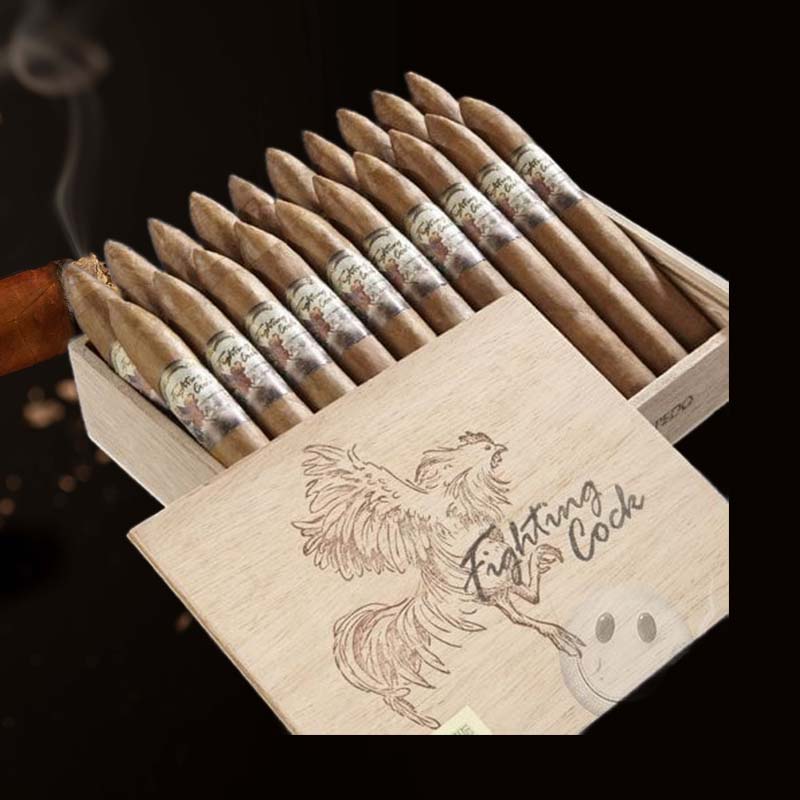Blow torch won't ligh
Introduction
So there I was, ready to tackle my weekend project, full of enthusiasm, when I reached for my trusted blow torch. With a flick of the ignition, however, nothing happened. My heart sank as I realized my blow torch wouldn’t light. If you’ve ever been in that frustrating situation, you know it can feel like the world is against you. But, after diving into the troubleshooting world, I found out there are several common reasons for this issue and equally effective solutions.
Common Reasons Your Blow Torch Won’t Light
- Empty or incompatible fuel cylinder
- Clogged nozzle or jets
- Malfunctioning igniter mechanism
- Incorrect flame settings
- Defective flint
- Fuel leaks
Troubleshooting The Igniter
Checking the Igniter Mechanism
The igniter is a crucial part of the blow torch; if it’s not functioning properly, your torch simply won’t light. I always start by checking the igniter button and mechanism for any signs of damage. If the igniter doesn’t click or feel springy under pressure, it might need replacing, which is usually a simple task.
Troubleshooting The Fuel Cylinder
Inspecting Fuel Level and Compatibility
First things first—check if there’s fuel in the cylinder. I can’t tell you how many times I thought I had enough but ended up empty. Additionally, ensure you are using compatible fuel; not all fuels work with every torch. The last thing you want is to add fuel that could cause damage.
Troubleshooting Cleanliness
Cleaning the Nozzle and Jets
A clean nozzle and jets are essential for flame production. Over time, debris can clog them up. I recommend doing a thorough check. Use a soft brush or compressed air to clear any blockages—this simple step can make a huge difference.
Using High-Quality Butane
Choosing the Right Fuel for Optimal Performance
Using high-quality butane is critical for reliable ignition. Inferior fuels can lead to poor performance and increase the likelihood of issues. I’ve found that investing in reputable brands pays off significantly in terms of reliability.
Check the Flame Settings
Adjusting Flame Size for Proper Ignition
Make sure the flame setting is not too low. Setting it to an appropriate level can help this little powerhouse spring back to life. Occasionally, I set it too low during my detailed work and forget to adjust, leading to ignition failure.
Check the Flint
Assessing and Replacing Flint as Needed
If your blow torch uses a flint mechanism, it might simply need a replacement. A worn-out flint won’t produce a spark, leaving you with a non-functioning torch. I always have spare flints on hand, just in case.
Check for a Hissing Sound
Identifying Potential Fuel Leaks
If your blow torch is hissing but won’t ignite, it may indicate a fuel leak. I do a quick check around the connections for any signs of fuel escaping—this can often be fixed by tightening connections, but safety first—never try to ignite a leaking torch!
Bleed the Tank Before Refilling
Proper Refilling Techniques
Before refilling, make sure to bleed the tank; this means releasing any remaining pressure. I always tilt the torch upside down when refilling to help ensure a smooth process and to avoid trapping air inside.
Wait for Your Lighter to Warm Up After Refilling
Understanding the Importance of Temperature
After refilling, it’s crucial to let the torch warm up for a few minutes. The temperature helps in expanding the gas, ensuring a more reliable ignition. When I overlook this step, I often find myself frustrated with an unresponsive torch.
Cleaning the Jets
Step-by-Step Cleaning Process
- Gather necessary cleaning tools—compressed air, a soft brush, and cleaning solution.
- Disconnect the fuel cylinder for safety.
- Use compressed air to clear debris from jets.
- Gently scrub with a soft brush if necessary.
- Reconnect and test the torch.
Tips to Avoid Ignition Issues
Maintenance Best Practices
To ensure your blow torch operates smoothly, make it a habit to clean it regularly, use good-quality fuel, and check the ignition mechanism often. I’ve found regular maintenance saves me a ton of frustration in the long run.
Warnings When Using a Blow Torch
Safety Precautions to Follow
Safety is paramount when using a blow torch. Always use it in a well-ventilated area, wear protective gear, and never point the nozzle at anything flammable. I always keep a fire extinguisher nearby, just to be safe.
FAQs About Blow Torch Issues
Common Questions and Expert Answers
Why is my torch not lighting?
This could be due to empty fuel, faulty igniter, or clogged jets. Begin by checking these elements.
Why won’t my blow torch work?
Non-functioning could stem from any number of issues, including compatibility problems with the fuel used or a dirty nozzle.
Why won’t my butane torch ignite?
Insufficient fuel or a malfunctioning igniter is likely preventing ignition. Inspect both closely.
Why is my torch hissing but not lighting?
A hissing sound is typically indicative of a fuel leak; check for escaping gas near connections.
Contact Us for Further Assistance
How to Reach Our Support Team
If you’re still struggling with ignition issues or have questions, please feel free to reach out to our support team via our contact page. We’re here to help!

















